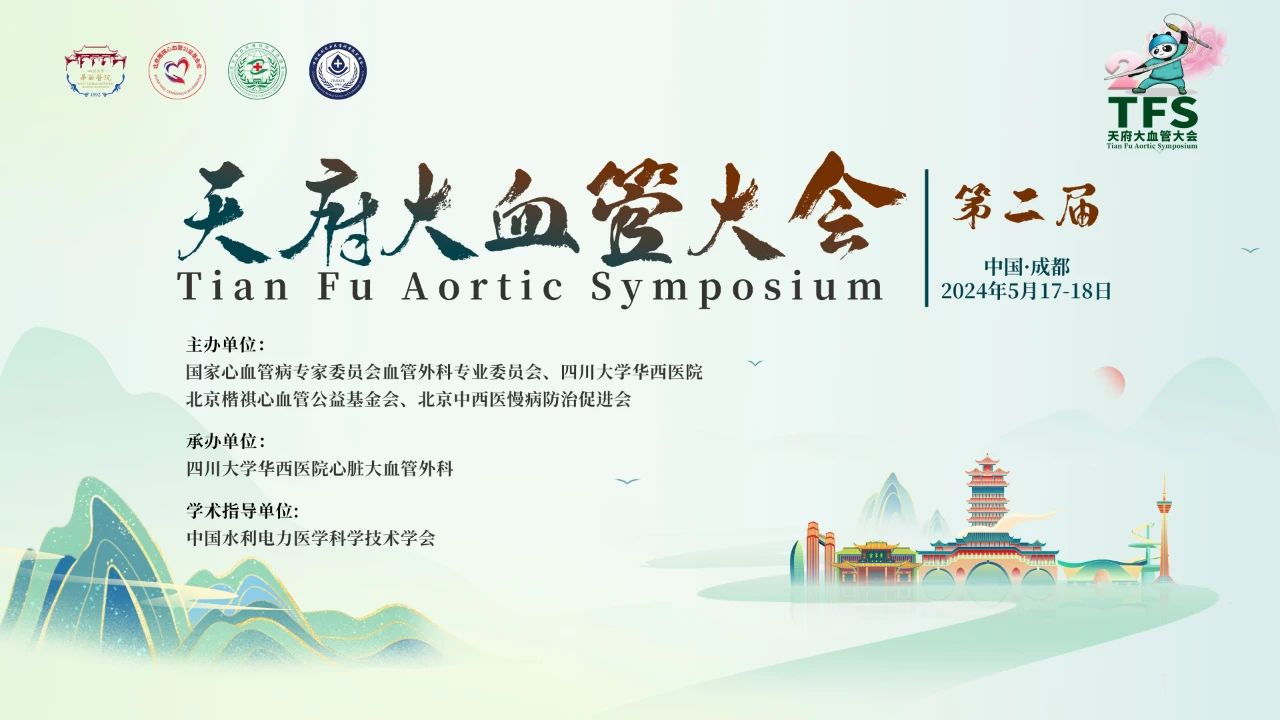
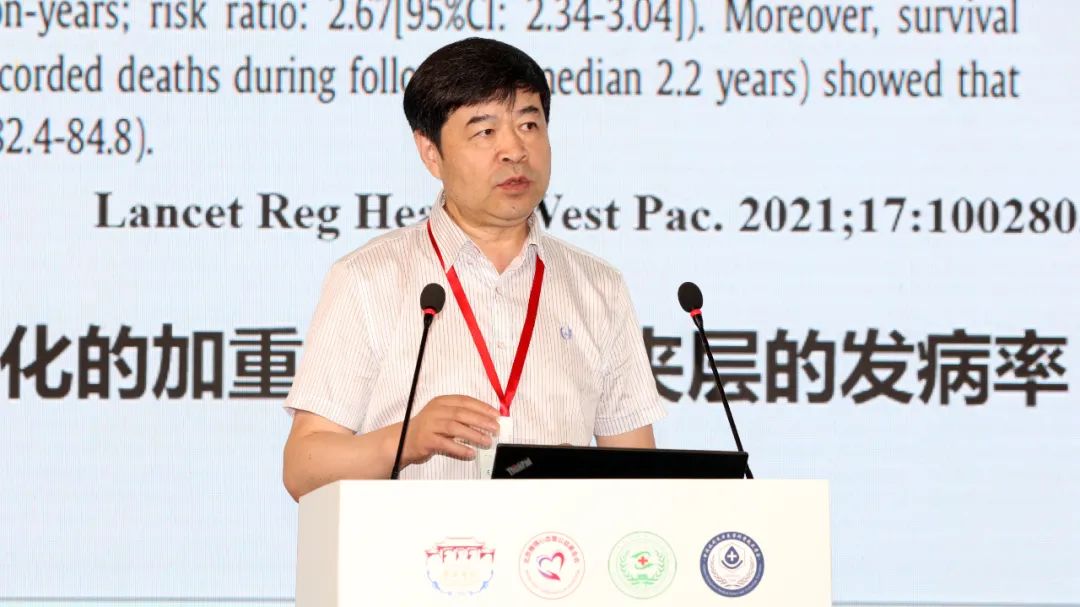
In 1983, Borst et al. first introduced the application of the elephant trunk technique (ET) for extensive aortic replacement.In 1996, Kato et al. reported on 10 patients (7 aneurysms, 3 clips) treated with open stent-grafting (OSG) during 1994-1995, introducing a new method of implanting stent-grafting vessels into the descending aorta.In 2003, Borst again introduced the the concept of the "frozen elephant trunk technique".
Zhu et al [1] published Stanford's 50-year ATAAD treatment experience, totaling 1,007 cases between 1967 and 2019. During the period 1967 to 1999, the mean age of patient onset was 58.3 years, the mean ACC and CPB times were 96.8 min and 185.6 min, respectively, with a SACP of only 5.4%, a TAR of only 2 cases (2%), and a 30-day postoperative mortality rate of 18.9%. During the period 2000 to 2009, a total of 282 patients were followed up for a mean of 5.4 ± 5.6 years, with a 30-day mortality rate of 12.6%, a 1-year mortality rate of 18.1%, and a TAR of 15 patients (6%). During the period from 2010 to 2019, there were 524 cases with a mean follow-up of 1.7 ± 23 years, 30-day mortality of 9.4% (P = 0.16), 1-year mortality of 11.8% (P = 0.014), and TAR of 47 cases (9.3%).
Cabasa et al [2] reported the Mayo experience, where 304 ATAADs were treated from 1993 to 2014, with only 36 TARs (11.8%); the mean age of the patients was 65 years, and the 10-year survival rate was 46.3%.
Data from Bologna, Italy, suggest that between 2000 and 2021, 912 cases of acute aortic syndrome were admitted, of which 462 were ATAAD and 143 (28.9%) were treated with TAR. It was also noted that the mortality rate of ATAAD decreased yearly, from 33.06% to 11.45%, with a mean mortality rate of 18.2%; the mean age of the patients was 65 years, the median follow-up time was 4.5 years, and the 10-year survival rate was 45.5%.
Sá et al [3] A meta-analysis comparing TAR and proximal repair included 18 studies with 5,243 patients with ATAAD, including 1,567 TAR and 3,676 proximal repairs, with higher long-term survival in patients with postoperative TAR but no statistical difference in reoperation rates between the two groups.
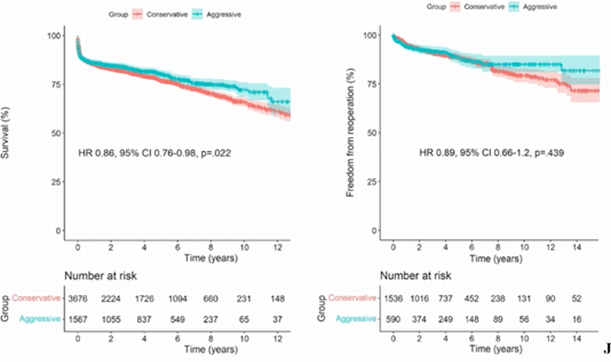
A total of 365 cases of AD were enrolled in Asan Hospital, Seoul, between 1999 and 2019, including 117 cases of full arches and 248 cases of half arches; in the full arch group, there were 26 cases (22.2%) of distant deaths and a 10-year survival rate of 60.2%; in the half arch group, there were 68 cases (27.4%) of distant deaths and a 10-year survival rate of 60.7%. There was no statistical difference in distant deaths between the two groups [4].
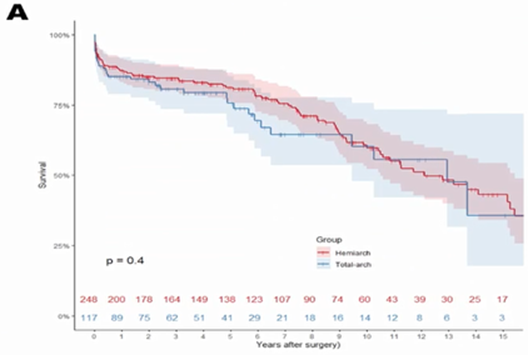
Fuwai Data
Early History of Fuwai
Contemporary data sharing in Fuwai
During the period from 2003 to 2022, the number of type A aortic coarctation surgical cases at Fu Wai Hospital increased yearly. To accurately guide the choice of procedure, Fu Wai Hospital further refined the AD staging based on arch involvement.
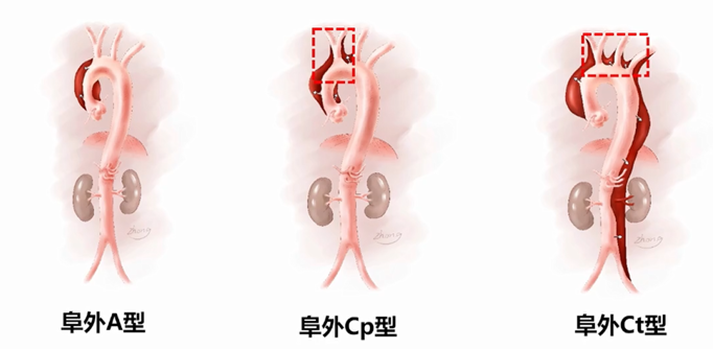
It is worth noting that the age of onset and other characteristics of the national population are significantly different from those of foreign patients, and there is an urgent need to summarize and analyze to clarify the long-term prognostic status of our current surgical treatment options. With this in mind, Fu Wai Hospital collected and analyzed clinical data on patients with ATAAD entrapment in Fu Wai from 2010 to 2022, excluding non-TAR + FET patients. During this period, 2,184 ATAAD patients were admitted to Fu Wai Hospital, of which 1,672 underwent TAR + FET and were included in this study.
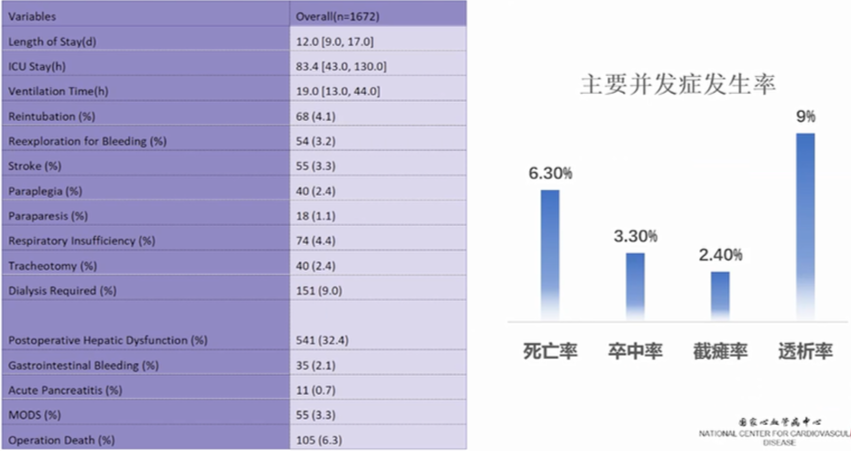
Among patients who died during surgery, the percentage of men was lower, older, and had a higher percentage of combined coronary artery disease and chronic renal insufficiency. In addition, preoperative prevalence of pericardial effusion, hepatic insufficiency, and lower platelet values increased the risk of patient death. Further analysis of the distribution of poor perfusion in patients who died from surgery versus those who survived suggests that the death group had a higher incidence of M1 coronary malperfusion and M3 spinal cord/renal/limb malperfusion. In contrast, there was no statistical difference in the root management, percentage of emergency surgery, and preoperative waiting time between patients in the death and survival groups.
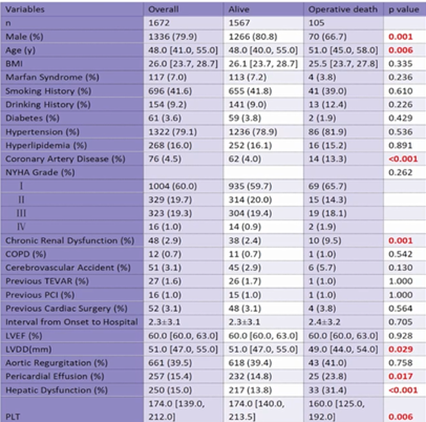
Risk factors for surgical death: males are protective factors for death. Female patients had a 5% higher risk of surgical death compared to males.
Long-term follow-up results: median follow-up was 4.49 years, 10-year patient survival rate was 81.4%, and the rate of freedom from cardiovascular reoperation was 85.2%. Among the surviving patients, 89.7% of them recovered their quality of life to grade 4, and could engage in general physical labor; only 1.1% of them lost their self-care ability.

Summarize
With the advancement of technology, the number of acute aortic type A coarctation surgeries has been increasing year by year. Currently, the first choice for type A coarctation involving the whole arch is to perform a full-arch stenting elephant-nose procedure, and the mortality rate of the procedure at Fu Wai Hospital has ranged from 4% to 9% over the past 5 years.The long term survival rate and freedom from reoperation of patients with type A coarctation who underwent a full-arch stenting elephant-nose procedure are higher, and the overall quality of life of the patients who survived the procedure is better, which further proves that full-arch stenting elephant-nose procedure is helpful for the long term prognosis of the patients.Women have a higher risk of long-term mortality than men, preoperative malperfusion affects patients' immediate prognosis but not long-term prognosis, and a history of preoperative cerebrovascular accident affects patients' long-term prognosis.History of Marfan syndrome, history of TEVAR implantation increased the risk of distant reoperation, the risk of distant reintervention was decreased in patients after Bentall's procedure, and the risk of distant reintervention was increased in patients undergoing Wheat's procedure. The age of onset of the disease is younger in the Chinese population compared to Western countries, and further follow-up is needed for long-term prognosis.
参考文献


